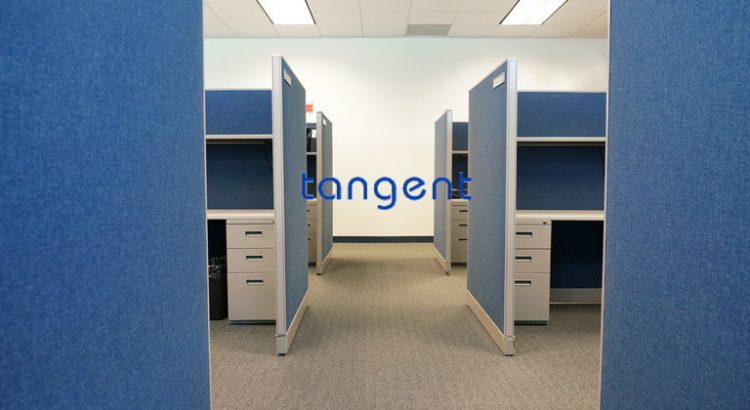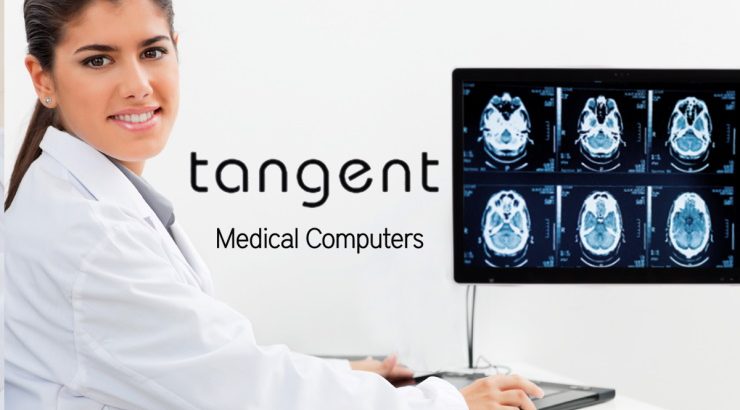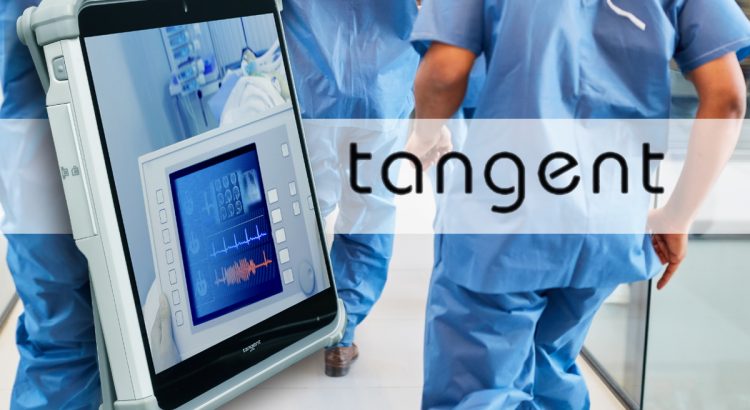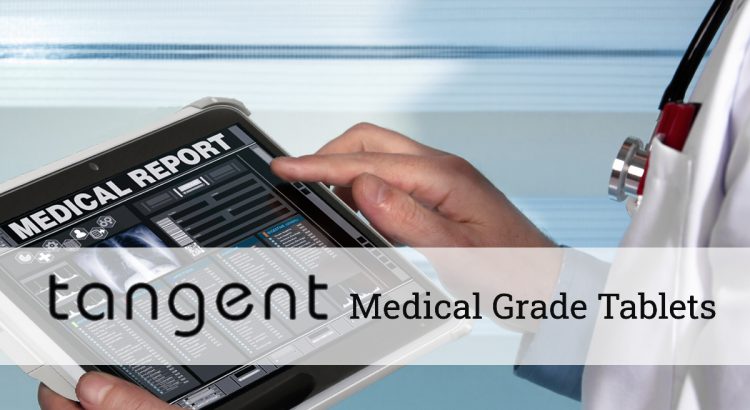As hospitals reopen for elective procedures and regular appointments, keeping a control on the spread of infections will be more challenging than ever. Screening those who enter the hospital for symptoms can help reduce the chance of infection spread, and allow both patients and medical staff to be confident in their safety. One of the […]

Rugged Mini PCs For Space-Confined Areas
As industries reopen, they may have to rethink the way they use their space. Whether it’s in the industrial space, scientific research, or public safety, nearly every sector can benefit from rethinking the way they use space. Given that social distancing guidelines are likely to stay in place as more businesses open, now is the […]

Medical All-In-One Computers For Healthcare
New advancements in medical grade technology are made every day, and Tangent is at the forefront of medical grade computer development. As the role of digital information like Electronic Medical Records (EMR)s and Electronic Health Records (EHR)s in healthcare continues to increase, having the fastest possible access to this information will be vital in providing […]

Reducing Hospital Readmission Rates
As hospitals around the country reopen to elective procedures, unresolved challenges must once again be grappled with. One of these challenges is the reduction of hospital readmission rates. Hospital readmission refers to the readmission of a patient less than 30 days after a procedure, normally due to complications. According to the American Institute of Research, […]

Tangent: Three Ways For Industry To Bounce Back
As the nation looks towards reopening, industrial sectors around the country will need to rethink how they do business. As our economy recovers, it will be at the expense of sectors unwilling to transform the way they operate. Keeping your business looking toward the future is crucial to maintaining a healthy and successful company. To […]

Medical All-In-One PCs For Full Hospital Use
With the country on the path towards reopening, hospitals have begun transitioning their facilities to accommodate regular appointments and patients. But will patients be willing to return to hospitals during this crisis? More patients than ever are seeing their doctors remotely via telemedicine technologies such as Medical All-In-One PCs. In addition, more Americans than ever […]

Medical PCs In The Hospital Setting
As the nation reopens, so too will our hospitals. The CDC has recently published guidelines for hospitals on how to go about opening their doors for services such as elective surgeries. As hospitals dealing with massive backlogs begin this process, making sure they have the equipment they need will be crucial. Medical PCs can help […]

Reducing Frontline Healthcare Worker’s Stress And Anxiety
This crisis has taken a toll on all of us, but frontline healthcare workers have taken the brunt of this crisis. The doctors, nurses, and medical staff protecting the public health are doing so at their own risk. It’s no wonder then why some frontline healthcare facilities are seeing depression symptom rates of 50%. Experts […]

Industrial Grade Computers Versus Commercial Computers
While it may be tempting to think that all computers are created equal, this simply is not the case. Every computer is built for a specific purpose whether or not it is labeled as such. Industrial grade computers are computers that are designed for industrial applications like manufacturing and oil processing. Industrial grade computers differ […]

Best Medical Computer For Telemedicine
In these uncertain times, telemedicine has become an invaluable tool for healthcare facilities seeking to treat patients in the most effective way. Multiple branches of the U.S. government, along with health insurance companies and even internet providers have made it easier than ever to set up telemedicine. But when the nation comes out of this […]
